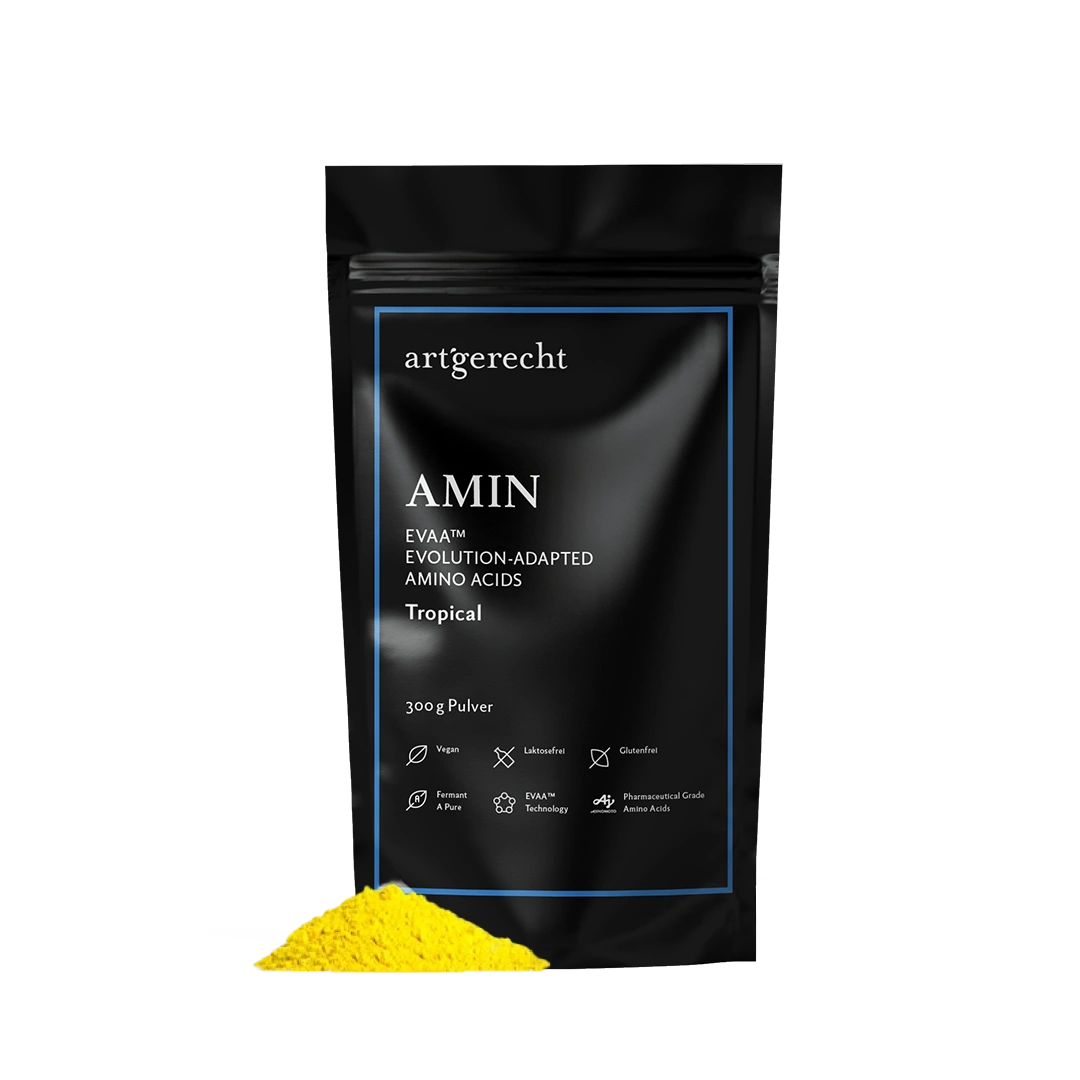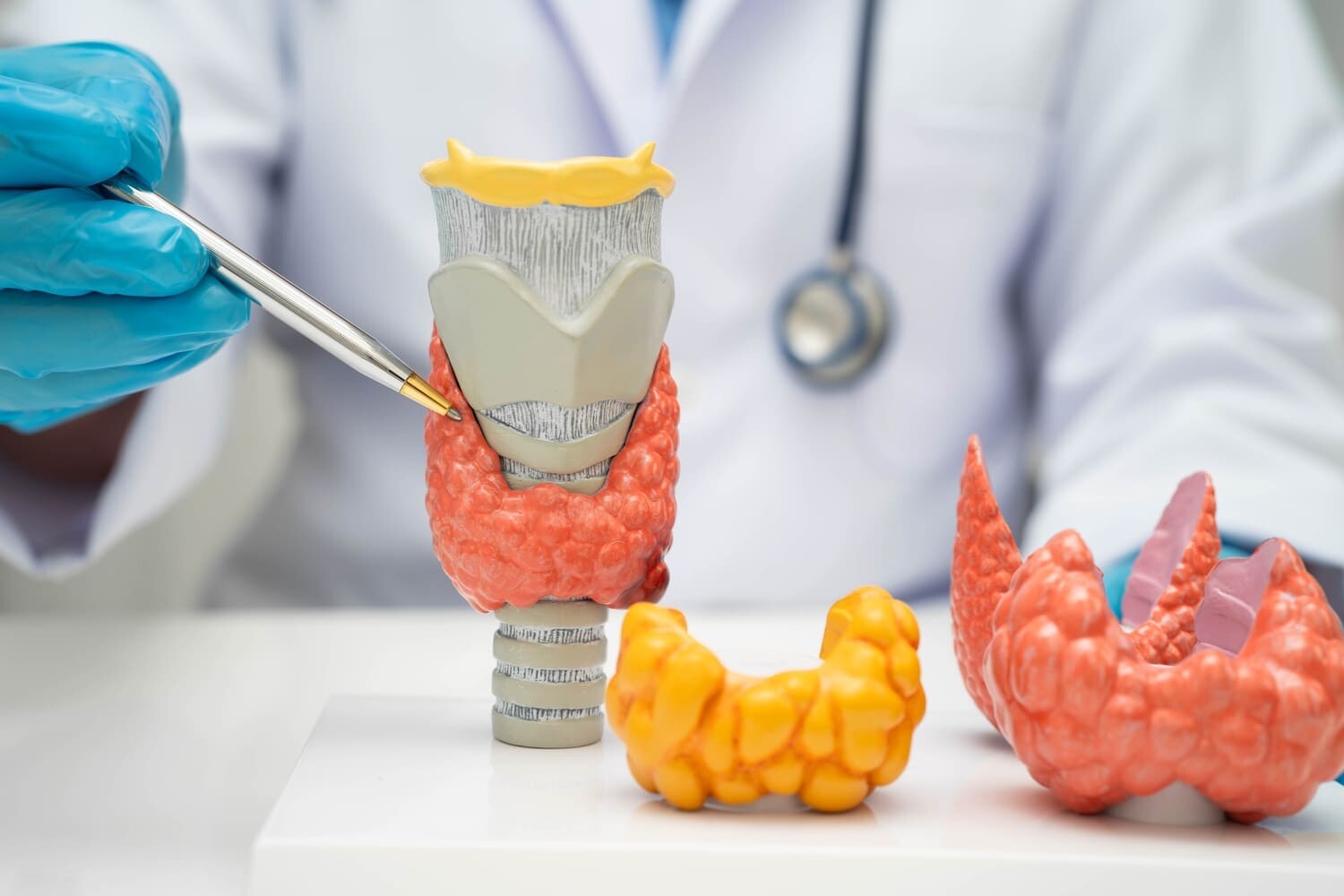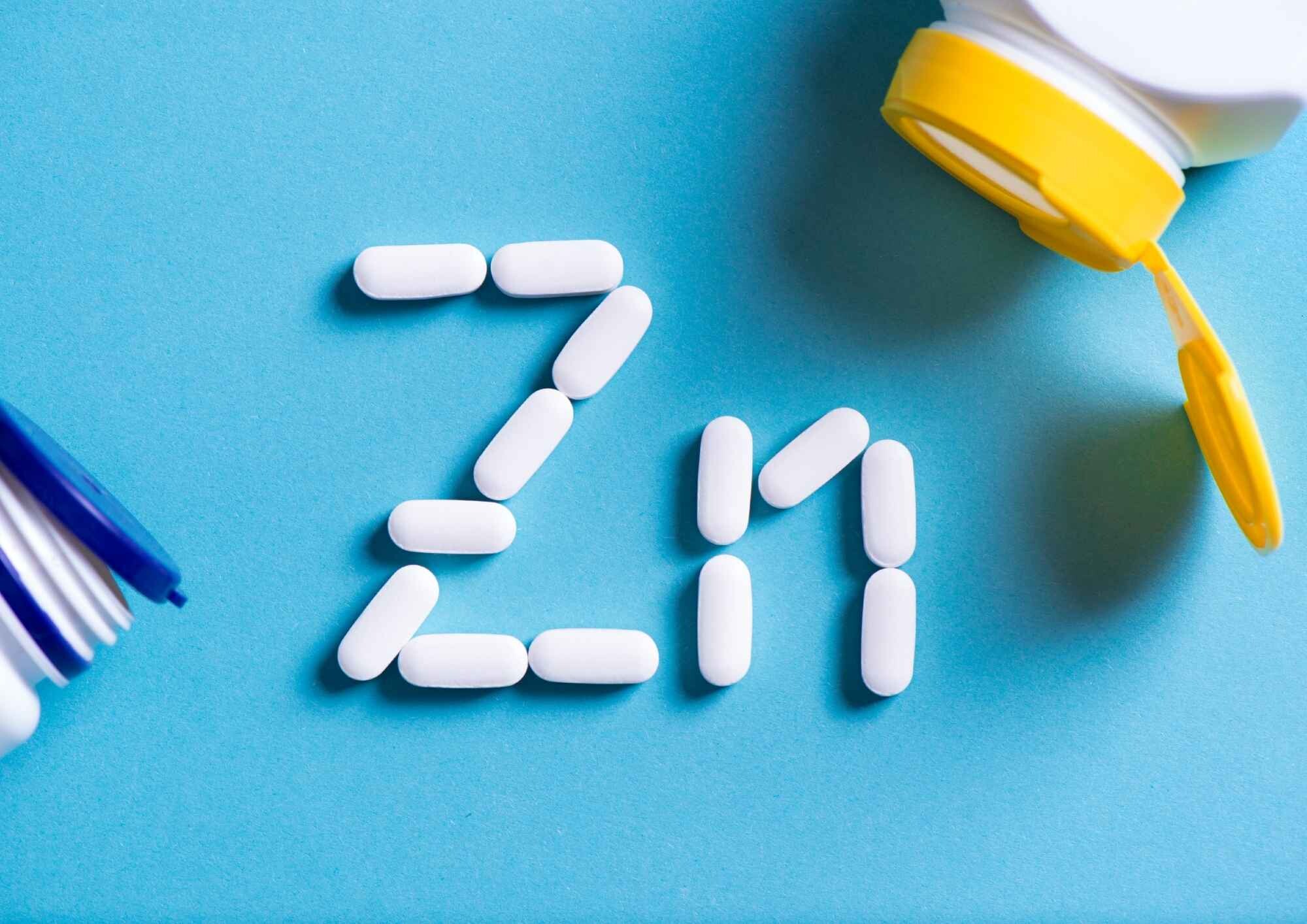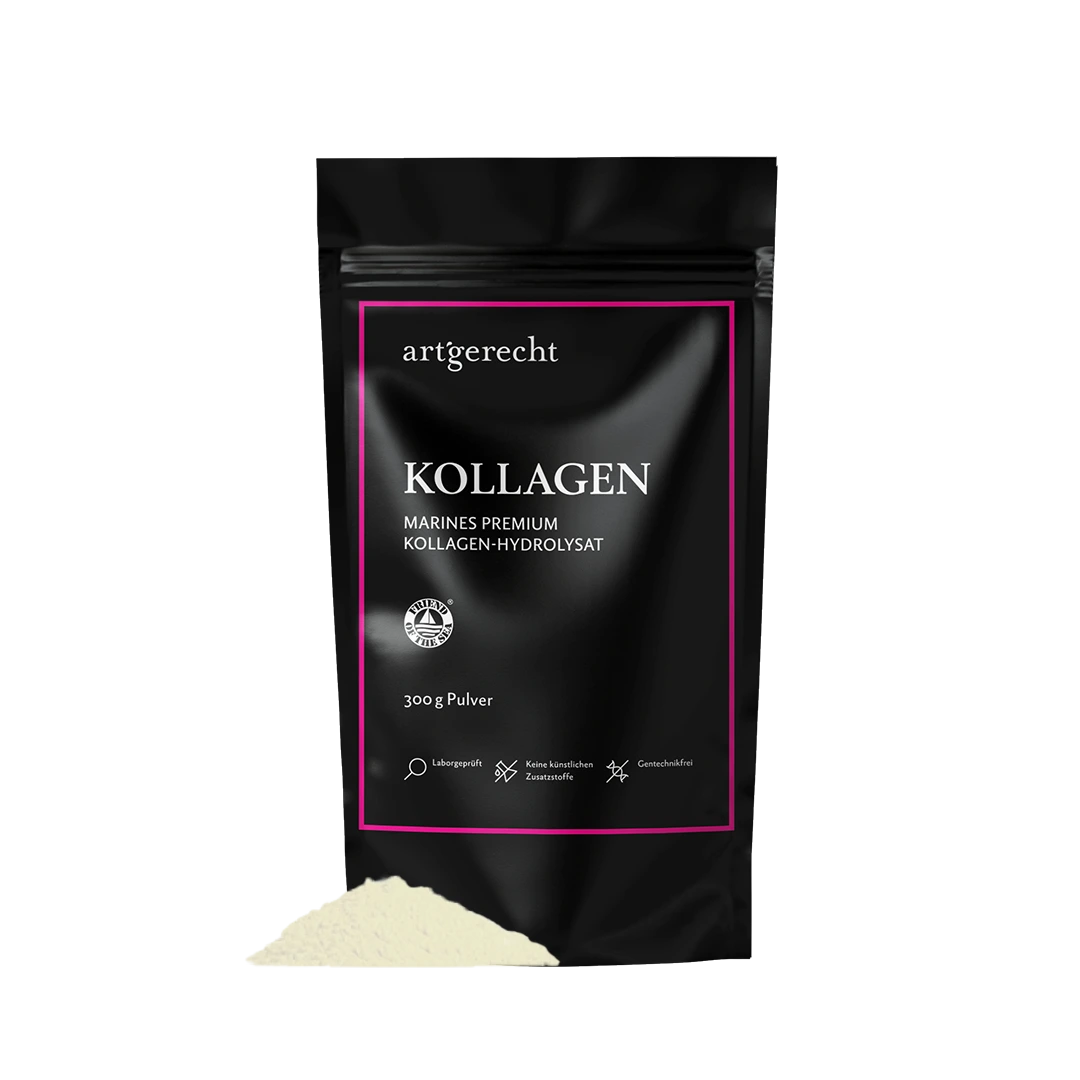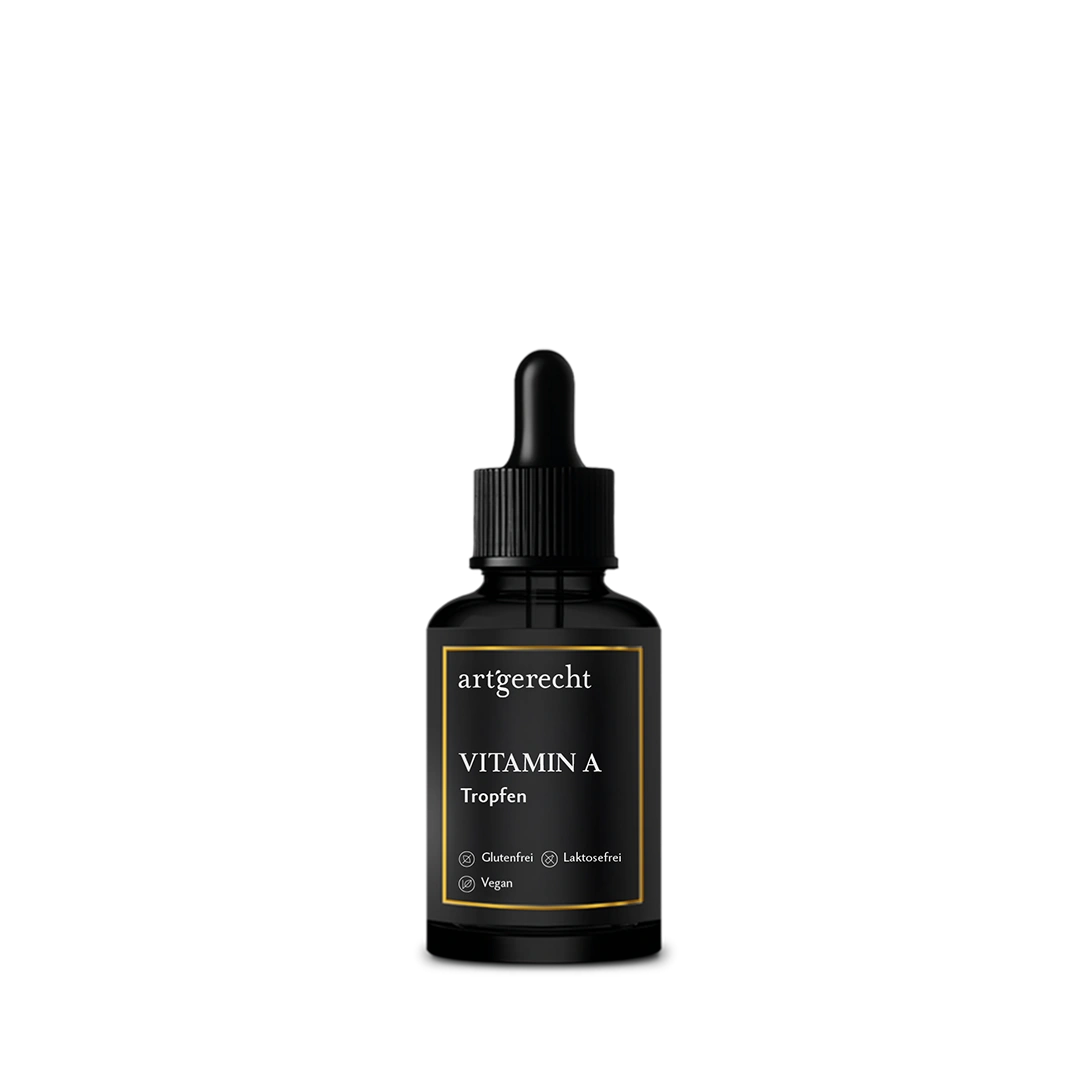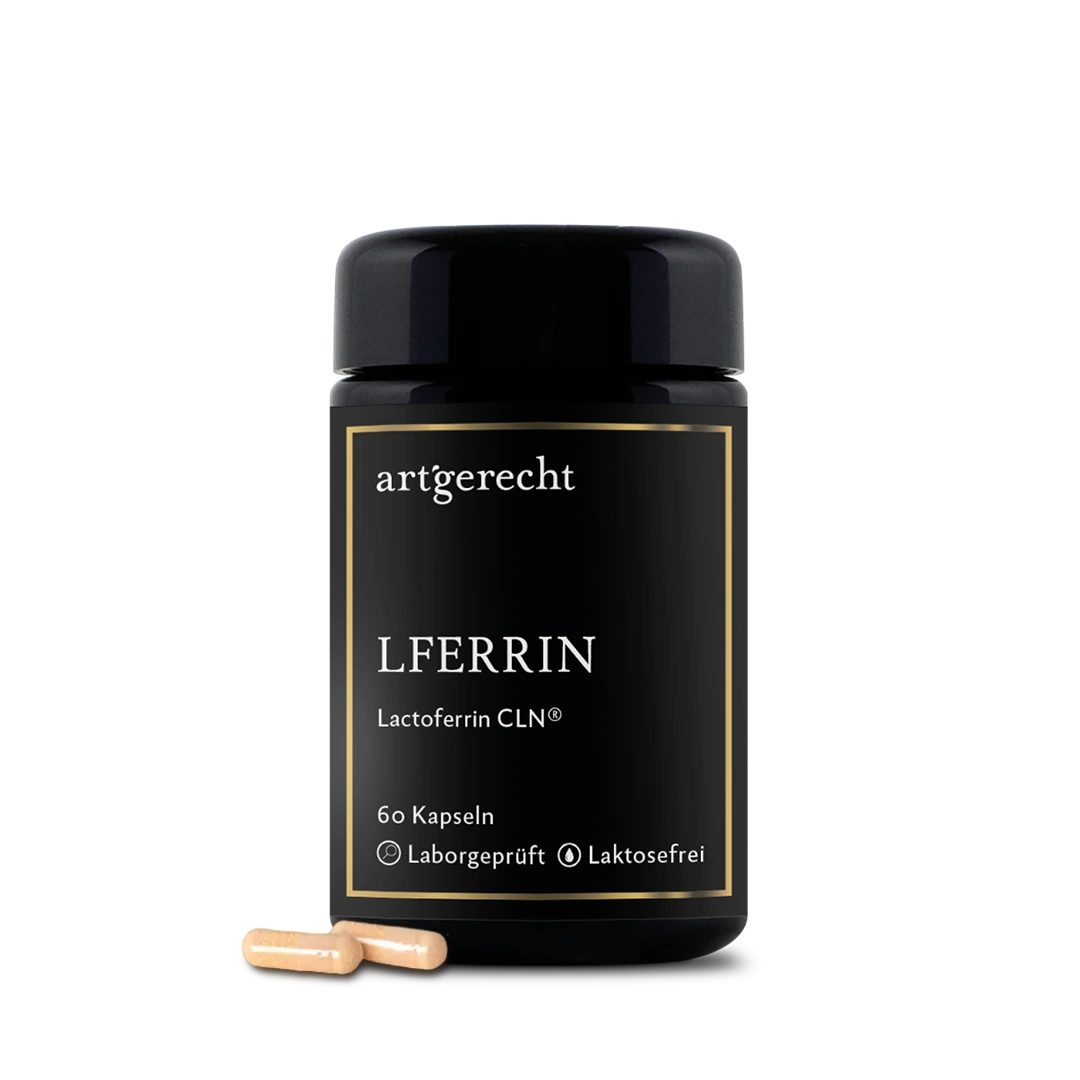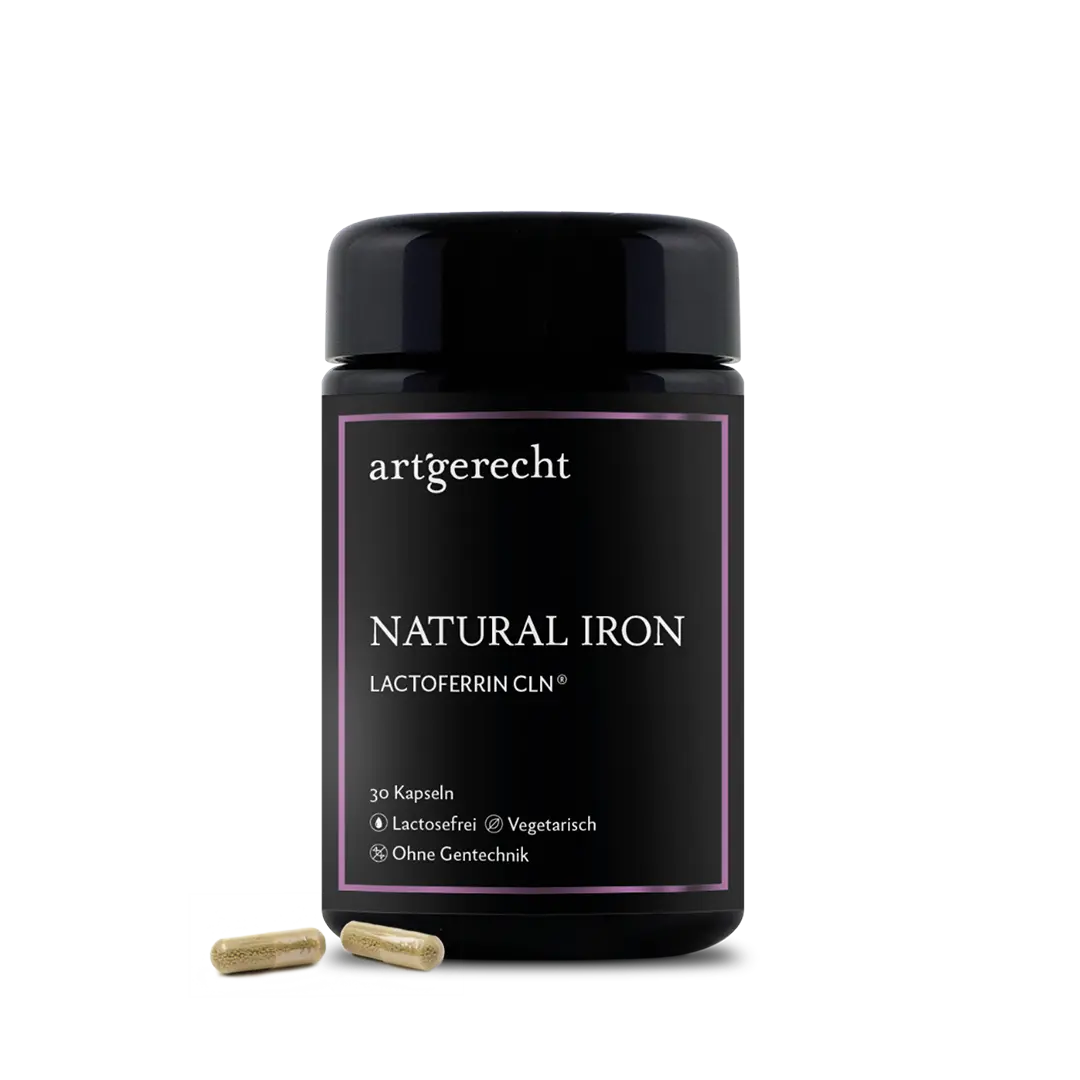- What are amino acids?
- The building blocks of life
- How do essential amino acids get into the human body?
- How do we form new proteins?
- Which tasks fulfill amino acids?
- What are the best amino acids?
- When is the best time to take amino acids?
- The best amino acids in sport
- Quick-Win für Leistungssteigerung und Muskelaufbau
- BCAAs to build and protect muscles
- Aminosäuren oder Eiweißshake?
- Literature:
Aminos ä acids are essential components in the human body and are also known as the building blocks of life. We need them for the formation, function and regulation of all cells, tissues and organs. How are they differentiated and how do we know which are the best amino acids?
What are amino acids?
The entirety of all the different proteins (proteins) in a living organism is called the proteome. In humans, these number between 500,000 and 1,000,000 and consist of long chains of amino acids. The functions of proteins as hormones and neurotransmitters range from regulating the glucose balance (insulin) and influencing gene activity (mRNA) to functions such as sleep (melatonin), waking up (noradrenaline), dreaming (dopamine and serotonin) and, above all, as building blocks of our body, such as in muscles and connective tissue.
Proteins are the essential components of the human body. They are required for the formation of structures, functions and the regulation of every body cell, every tissue and all organs. The body has 20 amino acids at its disposal for the formation of proteins. Each protein consists of a specific sequence of these. How they are arranged is stored in the DNA as genetic code.
The human organism is a permanent construction site where amino acids are the most valuable but non-storable building material. Newborns receive the optimal mixture through breast milk. Absorbed through food, they serve the entire organism as an energy source and building material for proteins, endogenous receptors, enzymes, neurotransmitters, hormones, muscle building and much more.
The 20 proteinogenic amino acids are typically divided into non-essential and essential amino acids. The body cannot produce nine of these itself. These are therefore also referred to as essential amino acids and can only be obtained from food or dietary supplements.
How do essential amino acids get into the human body?
&p>Proteins are absorbed through food and are broken down and enzymatically cleaved in the digestion process until the smallest unit of a protein, the amino acids, is formed. Once broken down, these are absorbed into the bloodstream via the intestinal wall. There they can be used for building and energy metabolism.
How do we form new proteins?
To better understand how the human body uses amino acids and how it knows which ones are needed, it is useful to take a closer look at a body cell with a cell nucleus.
The cell nucleus contains the DNA. This deoxiribonucleic acid consists of the so-called deoxiribose, a phosphate group and four different nucleotide bases: Adenine, thymine, guanine and cytosine. As our DNA is a so-called double helix structure, two bases always pair with each other like a lock and key: Adenine with thymine and guanine with cytosine. The entire „DNA double helix chain“ is found in every cell of our organism and represents the genome. The term genome refers to a kind of blueprint for all construction processes in a cell. To ensure that not everything is constantly being built, there is a need-based adaptation:
Depending on which stimulus is triggered, a biochemical stimulus in the cell nucleus triggers a playback program for a specific section of DNA. Thus, base pair follows base pair. The information of three base pairs – a codon – defines the information of an amino acid. Which three base pairs code for a particular amino acid is therefore the basis for the formation of a new protein structure. This is to be formed in the body and is called the genetic code.When a certain section of DNA is read, one half of the double helix splits off, turning the DNA into RNA. As this is intended to convey a message, it is also called messenger RNA (mRNA). The message reaches a structure in the cell called the ribosome. This is the workshop, so to speak, in which new proteins are built. In short: if the cell nucleus with the DNA is the architect, the RNA serves as a blueprint so that the builder knows what to do. The blueprint can now be translated in the ribosome. Again with an RNA counterpart. According to the blueprint, it is clear which building block or which amino acid is needed next.
The tRNA (transfer RNA) always adds the appropriate amino acid after coding three base pairs. A long chain is thus formed, which results in a finished protein on completion. Depending on the site of production (cell type), a messenger substance, enzyme or receptor is produced.
Which tasks fulfill amino acids?
As we can see, the topic is highly complex. However, if we break it down, we can use the example of neurotransmitters, i.e. the messenger substances of the brain, to illustrate the important tasks they perform:
| Aminosäure | Protein | Function |
| L-tryptophan | Serotonin | Neurotransmitter /mood hormone |
| L-tyrosine | Dopamine | Neurotransmitter /motivation hormone |
| L-Glutamine | GABA | Neurotransmitter /relaxation hormone |
What are the best amino acids?
With regard to the “best amino acids” or their quality, the so-called biological value is often determined. This is because proteins differ in their percentage ratio of biological value. Generally, whole egg is used as the reference egg white and is defined as 100 or 100%, comparatively often also breast milk. [i]
However, this information has proven to be relatively inaccurate and generalized, as it does not take into account an essential aspect: Much more important, of course, is how well the organism can break down and absorb the proteins. This is crucial because, regardless of the quality or composition of the protein, a lack of protein-splitting enzyme activity in the intestine or various other disorders in the gastrointestinal tract, absorption (i.e. bioavailability) may be reduced.
Free amino acids, on the other hand, can be absorbed directly without being mechanically or enzymatically broken down. So directly, in fact, that they are absorbed via oral mucous membranes as soon as they are ingested.
When is the best time to take amino acids?
A generally increased need exists during growth, pregnancy, for wound healing or directly after physical exertion, such as after a hard workout. The lack of hunger after physical exertion or intensive training sessions comes from the active stress axis, which can be very active for up to two hours afterwards. During this time, digestion is greatly inhibited.
Free amino acids can be consumed immediately after training and are available to the body within a few minutes. In the case of increased exertion or a low-protein diet, it is recommended to take 5-6 grams twice a day. Higher dosages may be necessary for very intensive exercise. Absorption is highest on an empty stomach (at least half an hour before eating). However, it can be taken at any time due to its high bioavailability and the fact that digestion is not necessary.
The best amino acids in sport
Good physical resistance and energy, the right balance between effective training and regeneration sessions, combined with a balanced and healthy diet, are important elements for improving performance and building muscle in sport. Accordingly, amino acids also play a decisive role here.
Unlike fat, they can hardly be stored, which means that deficiency situations occur very quickly and often. The body then has the choice of either not producing the necessary substance in sufficient quantities or sacrificing its own tissue. To prevent this from happening, a regular supply of essential amino acids to the body is the most important nutrient supply.Quick-Win für Leistungssteigerung und Muskelaufbau
Lysine is an essential amino acid and is required for building muscle and amino acids. Due to its L-formed appearance, it is usually referred to as L-lysine. L-lysine is used for the formation of enzymes, hormones and antibodies. It also fulfills important tasks and supports bone growth, cell division and wound healing, for example. In sport, lysine supports the (re)building of muscles and ensures rapid regeneration after physical exertion.
The combination of different amino acids is particularly important to provide the muscles with an optimal supply after sport. In combination with other substances, the human organism can produce the vitamin-like L-carnitine from lysine, which promotes energy metabolism and fat burning. As lysine uses the same transport route from the bloodstream into the cells as arginine, its uptake into the cells can be inhibited (antagonist). If required, the arginine that is freely available in the plasma can be converted very quickly into the messenger substance nitric oxide. As a result, arginine is said to be able to reduce the risk of cardiovascular disease. It can react with oxygen to form the tiny endogenous messenger substance nitric oxide (N0). This has a positive effect on vasodilation, blood pressure and blood supply to the organs.
L-arginine is a semi-essential amino acid and can be produced by the body itself. However, due to regenerative activities, such as wound healing or recovery processes, the body's own production does not cover the daily requirement. As L-arginine has a stimulating, vasodilating effect, the supply of nutrients in the muscle cells can be improved and thus performance increased. L-arginine also contributes to muscle building and at the same time facilitates the breakdown of fat.
Optimal muscle building is achieved when L-arginine is combined with other anabolic and performance-enhancing supplements such as BCAAs or creatine, as these can be better absorbed through the dilated vessels.
BCAAs to build and protect muscles
The abbreviation BCAAs comes from the English and stands for Branched-Chain Amino Acids. These are branched-chain amino acids, consisting of L-valine, L-leucine and isoleucine, which are among the essential amino acids and must be taken in with food.
L-valine fulfills important functions in the formation of proteins. By stimulating the release of insulin, L-valine regulates blood sugar and ensures the rapid absorption of amino acids into the muscles and liver.
L-leucine plays a key role in the formation of new tissue. In particular, protein metabolism in the muscles and liver is dependent on BCAAs. L-leucine counteracts muscle breakdown and supports healing and regeneration processes.
When the body's free glucose reserves are depleted due to physical exertion, isoleucine serves as an energy supplier. It is involved in gluconeogenesis (the formation of new glucose) via several intermediate stages and is constantly required for the maintenance and regeneration of muscle tissue, even during low physical exertion.
It is also involved in hormone regulation and stimulates insulin secretion, for example, which improves the absorption of glucose and amino acids from the bloodstream into the muscle cells. By regulating the blood sugar level, rapid energy production can be supported. Isoleucine is also involved in the activation of somatotropin, a growth hormone.
Aminosäuren oder Eiweißshake?
In their evolution, humans have hardly ever consumed isolated amino acids, but mainly protein. However, enzymes were needed to break down protein into the individual amino acids. Stress and industrial food can inhibit these digestive enzymes by up to 90%. [1] People in industrialized countries are therefore very poor protein digestors, as a result of which the amino acids end up in the large intestine and are broken down into toxic substances by bacteria. [2] In other words, we can poison ourselves from the inside out with an expensive steak that cannot be sufficiently digested. Undigested proteins can also be the trigger for allergies, intolerances and autoimmune diseases.
Although the body urgently needs essential amino acids after intense exercise, the time for a protein shake after sport is anything but optimal. Studies have shown that only 1.5g of isolated amino acids were as efficient as 40g of whey protein. [3] It has also been shown that on average only 15 to 30 percent of a protein shake can be absorbed. [4] Proteins are the most valuable components of food, but are harmful to health when not broken down. Free amino acids are obtained from vegetables by fermentation (fermentation process) with the help of bacteria, just as they are in the intestine. They are therefore a form known to the body to which there is no allergic reaction, as they circulate throughout the body and are our basic building blocks.
Literature:
- Caso, Leza, & Menchen, 2008.
- Windey, de Preter, & Verbeke, 2012.
- Wilkinson et al, 2018.
- Oben, Kothari, & Anderson, 2008.



